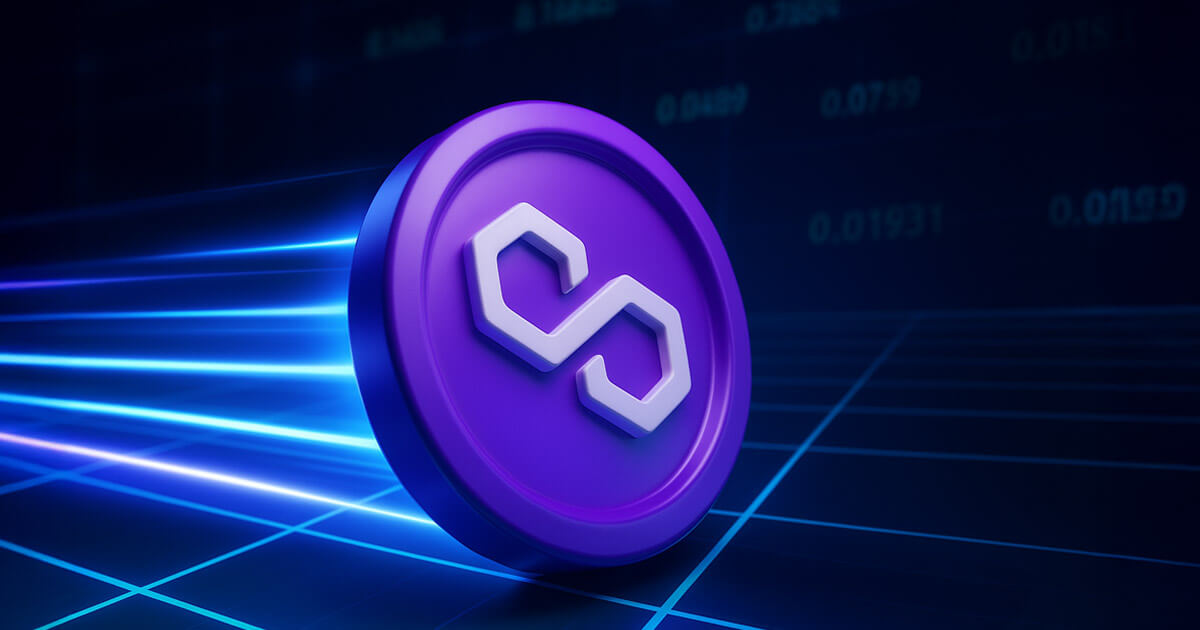Polygon unveils ‘Gigagas’ roadmap to reach 100,000 TPS

Polygon has laid out an ambitious scaling roadmap to reach 100,000 transactions per second (TPS), beginning with a July upgrade that will bring the network to 1,000 TPS.
The roadmap comes a day after Polygon announced a governance revamp and shift in focus to Agglayer.
Dubbed the “Gigagas” roadmap, the initiative is focused on making Polygon the go-to blockchain for real-world financial applications. It culminates in a long-term plan to power global-scale payments and tokenized assets.
The July Bhilai Upgrade will introduce 1,000+ TPS throughput, reduce transaction finality to ~5 seconds, and stabilize gas fees under $0.001 per transaction without increasing validator requirements.
In a separate development, the network’s native token POL became available on Solana (SOL) via Wormhole Bridge on June 12.
Instant finality by year-end
By the end of this year, Polygon expects to scale past 5,000 TPS using a new Validator-Elected Block Producer (VEBloP) model that streamlines block production with stateless validation and a single leader architecture.
This approach removes the risk of chain reorganizations by guaranteeing one-block finality, a key requirement for institutions and financial applications demanding predictable execution.
Polygon said that the 5,000 TPS benchmark has already been achieved in a devnet environment, with technical proposals (PIP-64 and others) outlining the pathway to mainnet rollout.
Alongside this upgrade, Polygon will also integrate with Agglayer, a multichain interoperability layer powered by POL staking that allows seamless liquidity movement across chains.
Toward 100,000 TPS and beyond
In 2026 and beyond, Polygon’s goal is to exceed 100,000 TPS through continued optimization of its validator network and deeper integration with Agglayer.
It will also focus on scaling for high-volume use cases like retail payments, AI-driven microtransactions, and tokenized financial markets. The network aims to match the reliability and speed of traditional payment systems while preserving decentralization.
Polygon already ranks among the top chains in stablecoin and RWA activity, with over $134 billion in stablecoin transfer volume in April and hundreds of millions in institutional RWAs deployed by firms like Apollo and BlackRock.
However, the Polygon team said the chain needs to scale “an order of magnitude higher” to support trillions in on-chain value.
The Gigagas roadmap signals a shift from theoretical scaling to real-world execution and positions Polygon as a high-throughput infrastructure layer for the next wave of blockchain adoption.
Mentioned in this article


